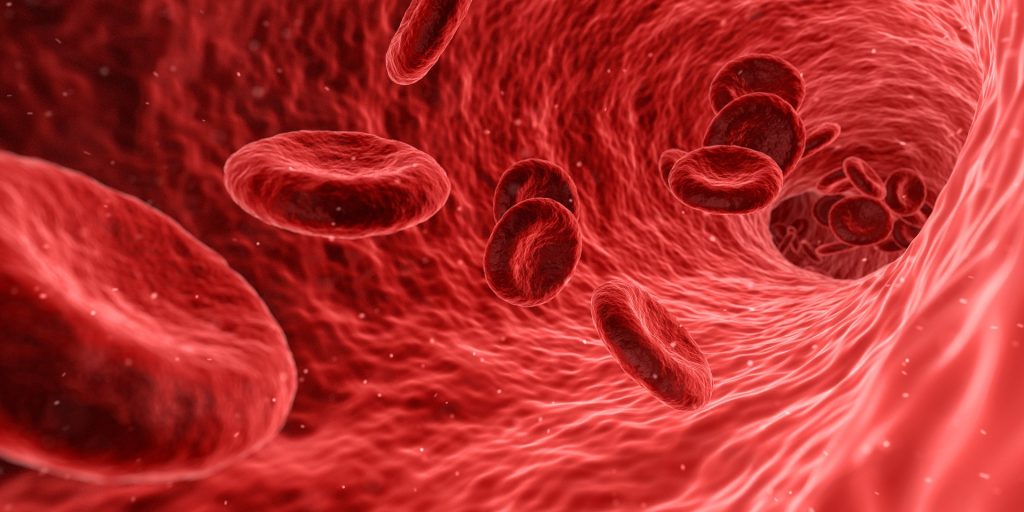Common Probiotic Altered to Grow in Dairy Products

Researchers at the University of Helsinki have created a strain of the Lacticaseibacillus rhamnosus GG probiotic that can reproduce in dairy products.
Lacticaseibacillus rhamnosus GG, or LGG, is the most studied probiotic bacterium in the world. However, it cannot utilise lactose found in milk or break down the milk protein casein. This makes the bacterium grow poorly in milk and is the reason why it must be added separately to probiotic dairy products.
While attempts have been made to get L. rhamnosus GG to thrive in milk through genetic engineering, strict restrictions have prevented the use of such modified bacteria in human food.
Thanks to a recent breakthrough made at the University of Helsinki, Finland, with researchers from the National Institute for Biotechnology and Genetic Engineering, Pakistan, features have now been successfully added to the LGG probiotic without gene editing, making it able to grow in milk.
The method instead took advantage of conjugation, a DNA exchange technique used in certain bacterial groups to transfer their traits to other bacteria. A bacterium produces a copy of its plasmid, a ring-shaped piece of DNA, and then transfers it to an adjacent bacterium. The spread of plasmids, which carry traits useful for bacteria, can be rapid among bacterial communities – and can also further the spread of problematic traits such as antibiotic resistance.
A specific Lactococcus lactis bacterial strain grown in the same place provided the lactose and casein-utilising plasmid to the Lacticaseibacillus rhamnosus GG.
“The new LGG strain is not genetically modified, which makes it possible to consume it and any products containing it without any permit procedures,” explained project leader Per Sari, Professor of Microbiology at the University of Helsinki.
The new strain can be used as a starting point in the development of new dairy products where the probiotic concentration increases already in the production stage. In other words, the probiotic need not be separately added to the final product. Furthermore, lactose- and casein-hydrolysing bacteria added to milk could help produce products suitable for people with dairy allergies.
This new LGG strain could also be better suited to growing in the infant gut, where it can utilise the casein and lactose in breastmilk to grow, thereby producing more protective lactic acid than the original strain.
“Lactic acid lowers the pH of the surface of the intestine, reducing the viability of many gram-negative pathogenic bacteria, such as E. coli, Salmonella and Shigella, which threaten the health of infants. Moreover, in larger numbers the new LGG strain can potentially be more effective at protecting infants than the old strain. After all, LGG has previously been shown to alleviate infantile atopic dermatitis and boost the recovery of the gut microbiota after antibiotic therapies.”
The researchers are in discussions about further applications of their research.
Source: News-Medical-Net
Journal information: Hussain, N., et al. (2021) Generation of Lactose- and Protease-Positive Probiotic Lacticaseibacillus rhamnosus GG by Conjugation with Lactococcus lactis NCDO 712. Applied and Environmental Microbiology. doi.org/10.1128/AEM.02957-20.






